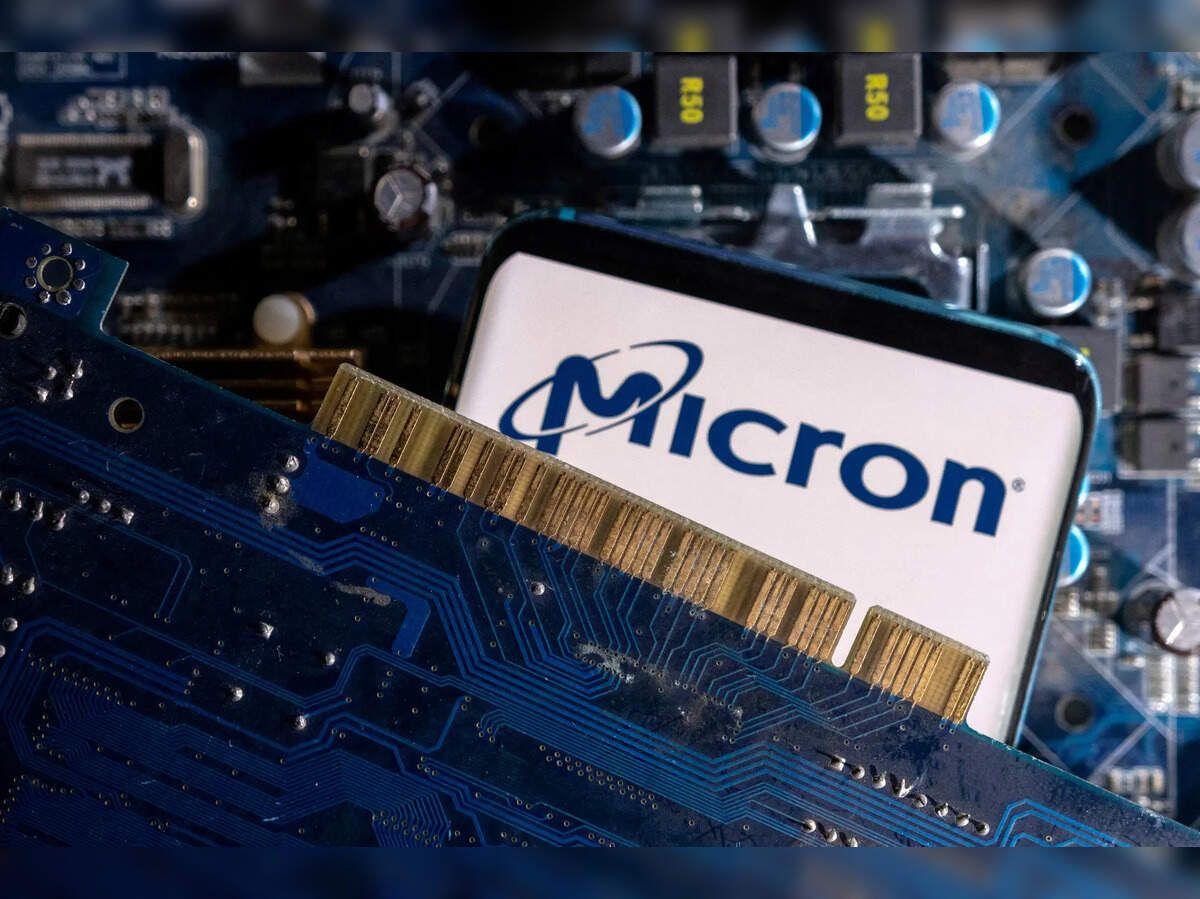Breakthrough in Nanocrystal Technology Paves Way for Faster, Energy-Efficient Optical Computing
2 Sources
2 Sources
[1]
New nanocrystal material a key step toward faster, more energy-efficient computing
Scientists including an Oregon State University chemistry researcher have taken a key step toward next-generation optical computing and memory with the discovery of luminescent nanocrystals that can be quickly toggled from light to dark and back again. "The extraordinary switching and memory capabilities of these nanocrystals may one day become integral to optical computing -- a way to rapidly process and store information using light particles, which travel faster than anything in the universe," said Artiom Skripka, assistant professor in the OSU College of Science. "Our findings have the potential to advance artificial intelligence and information technologies generally." Published in Nature Photonics, the study by Skripka and collaborators at Lawrence Berkeley National Laboratory, Columbia University and the Autonomous University of Madrid involves a type of material known as avalanching nanoparticles. Nanomaterials are tiny bits of matter measuring between one-billionth and one-hundred-billionths of a meter, and avalanching nanoparticles feature extreme non-linearity in their light-emission properties -- they emit light whose intensity can increase massively with a small increase in the intensity of the laser that's exciting them. The researchers studied nanocrystals composed of potassium, chlorine and lead and doped with neodymium. By themselves, the potassium lead chloride nanocrystals do not interact with light; however, as hosts, they enable their neodymium guest ions to handle light signals more efficiently, making them useful for optoelectronics, laser technology and other optical applications. "Normally, luminescent materials give off light when they are excited by a laser and remain dark when they are not," Skripka said. "In contrast, we were surprised to find that our nanocrystals live parallel lives. Under certain conditions, they show a peculiar behavior: They can be either bright or dark under exactly the same laser excitation wavelength and power." That behavior is referred to as intrinsic optical bistability. "If the crystals are dark to start with, we need a higher laser power to switch them on and observe emission, but once they emit, they remain emitting and we can observe their emission at lower laser powers than we needed to switch them on initially," Skripka said. "It's like riding a bike -- to get it going, you have to push the pedals hard, but once it is in motion, you need less effort to keep it going. And their luminescence can be turned on and off really abruptly, as if by pushing a button." The low-power switching capabilities of the nanocrystals align with the global effort to reduce the amount of energy consumed by the growing presence of artificial intelligence, data centers and electronic devices. And not only do AI applications require substantial computational power, they are often constrained by limitations associated with existing hardware, a situation this new research could also address. "Integrating photonic materials with intrinsic optical bistability could mean faster and more efficient data processors, enhancing machine learning algorithms and data analysis," Skripka said. "It could also mean more-efficient light-based devices of the type used in fields like telecommunications, medical imaging, environmental sensing, and interconnects for optical and quantum computers." Additionally, he said, the study complements existing efforts to develop powerful, general-purpose optical computers, which are based on the behavior of light and matter at the nanoscale, and underscores the importance of fundamental research in driving innovation and economic growth. "Our findings are an exciting development, but more research is necessary to address challenges such as scalability and integration with existing technologies before our discovery finds a home in practical applications," Skripka said. The U.S. Department of Energy, the National Science Foundation and the Defense Advanced Research Projects Agency supported the research, which was led by Bruce Cohen and Emory Chan of Lawrence Berkeley, P. James Schuck of Columbia University and Daniel Jaque of the Autonomous University of Madrid.
[2]
Discovery of bistable nanocrystals promises faster, more energy-efficient optical computing
Scientists, including an Oregon State University chemistry researcher, have taken a key step toward faster, more energy-efficient artificial intelligence, and data processing in general, with the discovery of luminescent nanocrystals that can be quickly toggled from light to dark and back again. "The extraordinary switching and memory capabilities of these nanocrystals may one day become integral to optical computing -- a way to rapidly process and store information using light particles, which travel faster than anything in the universe," said Artiom Skripka, assistant professor in the OSU College of Science. Published in Nature Photonics, the study by Skripka and collaborators at Lawrence Berkeley National Laboratory, Columbia University and the Autonomous University of Madrid involves a type of material known as avalanching nanoparticles. Nanomaterials are tiny bits of matter measuring between one-billionth and one-hundred-billionths of a meter, and avalanching nanoparticles feature extreme non-linearity in their light-emission properties -- they emit light whose intensity can increase massively with a small increase in the intensity of the laser that's exciting them. The researchers studied nanocrystals composed of potassium, chlorine and lead and doped with neodymium. By themselves, the KPbCl nanocrystals do not interact with light; however, as hosts, they enable their neodymium guest ions to handle light signals more efficiently, making them useful for optoelectronics, laser technology and other optical applications. "Normally, luminescent materials give off light when they are excited by a laser and remain dark when they are not," Skripka said. "In contrast, we were surprised to find that our nanocrystals live parallel lives. Under certain conditions, they show a peculiar behavior: They can be either bright or dark under exactly the same laser excitation wavelength and power." That behavior is referred to as intrinsic optical bistability. The nanocrystals' intrinsic optical bistability is an advance toward photonic integrated circuits that may be able to outperform current electronic and optoelectronic systems, and with greater efficiency. "If the crystals are dark to start with, we need a higher laser power to switch them on and observe emission, but once they emit, we can observe their emission at lower laser powers than we needed to switch them on initially," Skripka said. "It's like riding a bike -- to get it going, you have to push the pedals hard, but once it is in motion, you need less effort to keep it going. Their luminescence can be turned on and off really abruptly, as if by pushing a button." The low-power switching capabilities of the nanocrystals align with the global effort to reduce the amount of energy consumed by the growing presence of artificial intelligence, data centers and electronic devices, he added. Not only do AI applications require substantial computational power, they are often constrained by limitations associated with existing hardware, a situation this new research could also address. "Integrating photonic materials with intrinsic optical bistability could mean faster and more efficient data processors, enhancing machine learning algorithms and data analysis," Skripka said. "It could also mean more-efficient light-based devices of the type used in fields like telecommunications, medical imaging and environmental sensing." Additionally, he said, the study complements existing efforts to develop powerful, general-purpose optical computers, which are based on the behavior of light and matter at the nanoscale, and underscores the importance of fundamental research in driving innovation and economic growth. "Our findings are an exciting development, but more research is necessary to address challenges such as scalability and integration with existing technologies before our discovery finds a home in practical applications," Skripka said.
Share
Share
Copy Link
Scientists discover luminescent nanocrystals with unique optical bistability, potentially revolutionizing AI and data processing through faster, more energy-efficient optical computing methods.
Groundbreaking Discovery in Nanocrystal Technology
Scientists, including researchers from Oregon State University, have made a significant breakthrough in the field of optical computing. They have discovered luminescent nanocrystals that can be rapidly switched between light and dark states, potentially revolutionizing artificial intelligence and data processing technologies
1
2
.Understanding the Nanocrystal Innovation
The newly discovered nanocrystals, composed of potassium, chlorine, and lead, and doped with neodymium, exhibit a unique property called intrinsic optical bistability. This characteristic allows the nanocrystals to maintain two stable states - bright or dark - under the same laser excitation conditions
1
.Dr. Artiom Skripka, assistant professor at OSU College of Science, explains the phenomenon:
"If the crystals are dark to start with, we need a higher laser power to switch them on and observe emission, but once they emit, they remain emitting and we can observe their emission at lower laser powers than we needed to switch them on initially"
2
.Implications for Optical Computing and AI
This discovery has significant implications for the development of optical computing, a method that uses light particles for information processing and storage. The extraordinary switching and memory capabilities of these nanocrystals could become integral to this emerging technology
1
2
.Key potential benefits include:
- Faster data processing and storage
- Enhanced machine learning algorithms
- More efficient light-based devices for telecommunications, medical imaging, and environmental sensing
- Potential for powerful, general-purpose optical computers
2
Related Stories
Energy Efficiency and Environmental Impact
The low-power switching capabilities of these nanocrystals align with global efforts to reduce energy consumption in AI applications, data centers, and electronic devices. This development could address the growing concern over the substantial computational power required by AI and the limitations of existing hardware
2
.Challenges and Future Research
While the discovery is promising, researchers emphasize that further investigation is necessary before practical applications can be realized. Key challenges include:
- Scalability of the technology
- Integration with existing systems
- Addressing potential limitations in current hardware
1
2
The study, published in Nature Photonics, was a collaborative effort involving researchers from Lawrence Berkeley National Laboratory, Columbia University, and the Autonomous University of Madrid. It was supported by the U.S. Department of Energy, the National Science Foundation, and the Defense Advanced Research Projects Agency
1
.As the world continues to grapple with the increasing demands of data processing and AI applications, this breakthrough in nanocrystal technology offers a glimpse into a future of faster, more energy-efficient computing solutions.
References
Summarized by
Navi
Related Stories
Breakthrough in Optical Computing: New Memory Cell Paves Way for Faster, More Efficient AI Processing
24 Oct 2024•Science and Research

MIT Develops Ultrafast Photonic Chip for AI Computations with Extreme Energy Efficiency
03 Dec 2024•Technology

AI Breakthrough: Million Times Faster Optical Property Predictions for Advanced Materials
09 Oct 2024•Science and Research

Weekly Highlights
1
Google TPUs Challenge Nvidia's AI Chip Dominance as Meta Explores Billion-Dollar Switch
Business and Economy

2
OpenAI and Jony Ive Reveal First Hardware Prototype for Screenless AI Device
Technology

3
OpenAI Faces Legal Battle Over Teen Suicide Cases, Blames Users for Violating Terms of Service
Policy and Regulation





